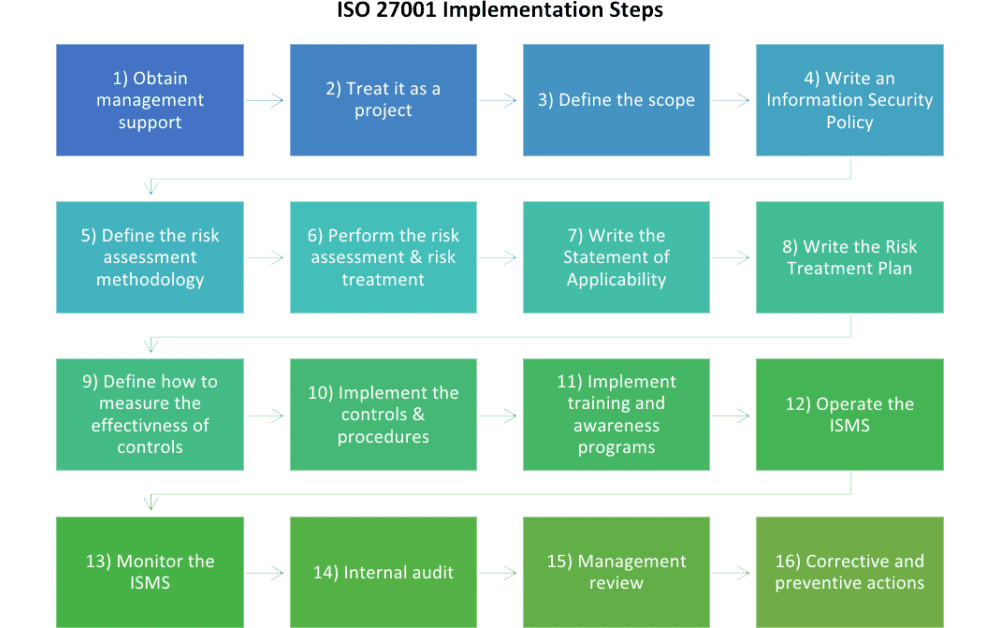


Go through the process to improve internal mechanisms so that the business is more secure.The ISO notes that while certification to its standards is entirely optional, many organizations decide to get certified, for two main reasons: The latest version, as of January 2015, is ISO 27001:2013. It assesses risk throughout the enterprise, including the employees, tasks, and computer networks.Īny size of organization, regardless of industry, can use the standard for protective purposes, according to the ISO. This standard is the most widely used one in the 27000 group, a family that establishes proper design and use of an information security management system (ISMS).Īn ISMS is a strategic, structured way to frame administration of confidential data, avoiding vulnerabilities and compromise. “Using this family of standards will help your organization manage the security of assets,” explains the ISO, “such as financial information, intellectual property, employee details or information entrusted to you by third parties.” The topic is information security management – so essentially, this standard is designed to help organizations keep their data safeguarded against intrusion and/or theft. This standard is actually called the ISO/IEC 27001, since its development is shared between the ISO and IEC (discussed briefly below). Today we focus on ISO 27001, a standard of the nonprofit, globally recognized International Organization for Standardization: Tech providers often get auditing of their systems so that their clients can know that they are safe and will stay within legal parameters.
#What is iso 27001 compliance series#
This installment is the fourth in our series on various voluntary standards and mandatory regulations that require certification and compliance from businesses.


 0 kommentar(er)
0 kommentar(er)
